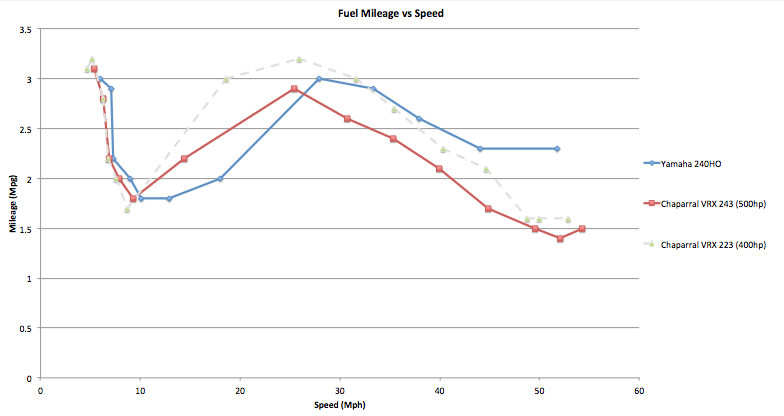rkluck
Jetboaters Captain
- Messages
- 1,157
- Reaction score
- 486
- Points
- 222
- Location
- Powder Springs, GA
- Boat Make
- Yamaha
- Year
- 2010
- Boat Model
- Limited S
- Boat Length
- 24
There is a video on YouTube that shows how the sleeve works. I have not seen the Vortex in person but if I recall correctly from the videos that to go from the swim platform to the center area the Vortex requires you to fold the center cushion down (not removable) and then there is just a small space to step on or you have to step on the cushion. Either way I didn't like that. Much better design on the Yamaha.



